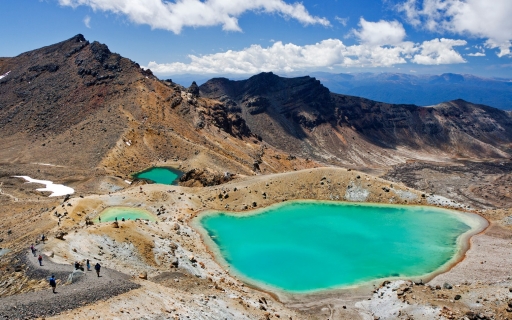Mount Cook Village Weather and Climate: A Comprehensive Guide
Mount Cook village which is close to Mount Cook National Park receives a substantial amount of precipitation throughout the year.
Average temperatures at the mountain's base around 800 meters (2624ft) range from 14°C in winter to 33°C in summer.
Average maximum day and minimum night temperature
In Mount Cook Village, temperatures differ significantly between summer and winter months. Typically, average maximum daytime temperatures range from a moderate 15°C in February to a very cold 2°C in the coolest month, July.
Nights are cooler, with lows often dropping to around -6°C during the colder months. Check out our detailed temperature page for more information.Temperature ranges by month
Precipitation and rainy days
Mount Cook Village experiences significant rain/snowfall throughout the year, averaging 2895 mm of precipitation annually. Precipitation levels in Mount Cook Village remain relatively steady throughout the year. December has the most rain, with 283 mm over 16 days. In July, this drops slightly to 206 mm, making the city's climate fairly predictable.The mean monthly precipitation over the year, including rain, hail and snow
partly cloudy and no rain partly cloudy and rain broken clouds and slight rainForecast for Mount Cook Village
Select a Month of Interest
Check the conditions for any month of the year.
The best time of year to visit Mount Cook Village in New Zealand
The average rainfall figures in Mount Cook Village are quite high. Throughout the year, you have a chance of prolonged precipitation. So no matter what time of year you go, you will always have to deal with a high number of rainy days. This makes it more challenging to point out the best time of year to visit. Other facts from our historical weather data:The coldest season / winter is in the following months: June, July and August.
February has an average maximum temperature of 15°C and is the warmest month of the year.
The coldest month is July with an average maximum temperature of 2°C.
December tops the wettest month list with 283 mm of rainfall.
July is the driest month with 206 mm of precipitation.
No idea where to travel to this year? We have a tool that recommends destinations based on your ideal conditions. Find out where to go with our weather planner.




